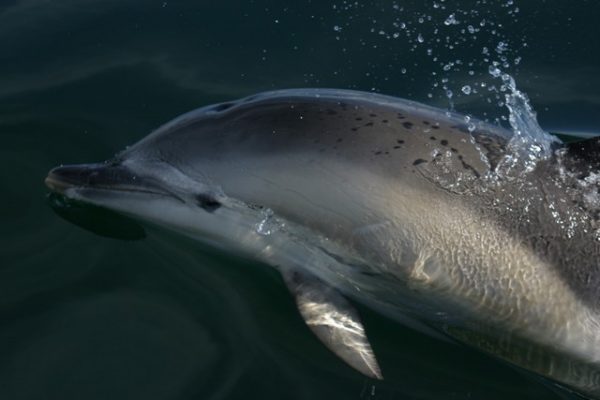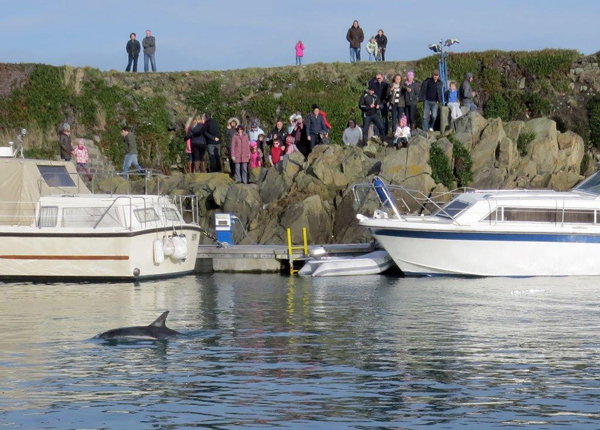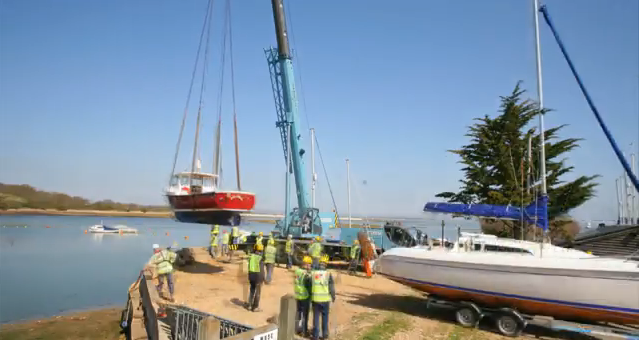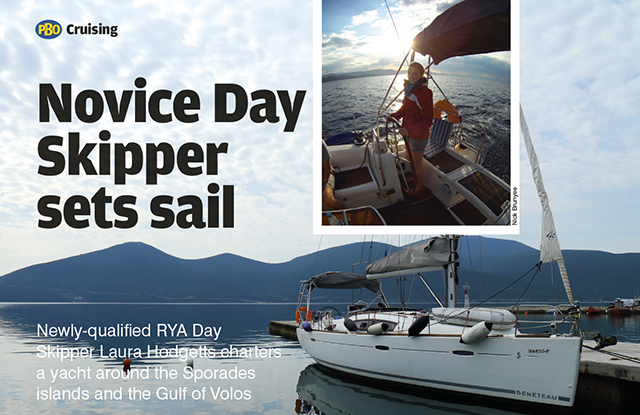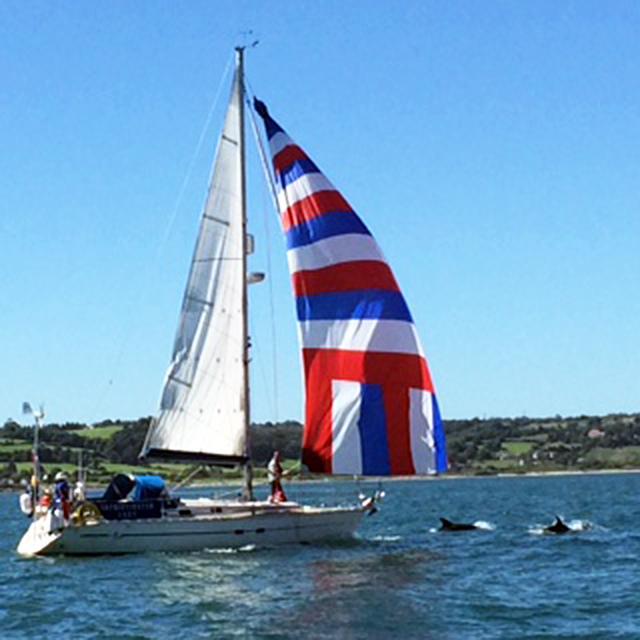Record numbers of three dolphin species off Scotland’s west coast were recorded by conservation charity Hebridean Whale and Dolphin Trust in its marine research expeditions in 2016.
From the trust’s specialized research yacht Silurian, volunteers and scientists recorded 2,303 individual common dolphins, 42 bottlenose dolphins and 94 Risso’s dolphins – the figures for all three species being the highest ever recorded in its annual survey seasons.
Average annual figures documented over the previous 14 years were 463 individual common dolphins, 14 bottlenose dolphins and 12 Risso’s dolphins. For common dolphins, these records range from 0 individuals encountered in a couple of the earlier field seasons to 1,862 during the 2007 season.
Dr. Lauren Hartny-Mills, science officer of Hebridean Whale and Dolphin Trust, said: ‘The reasons for the high number of sightings of these charismatic dolphin species – and the broader effects on the marine environment and other species – remain unclear. But the intriguing findings highlight the importance of on-going monitoring and research – to strengthen our understanding of what is taking place in Hebridean waters, and to ensure well-informed conservation action.’
The latest findings were made in a research season lasting from May to October 2016, as part of the trust’s unique long-term citizen science project monitoring whales, dolphins and porpoises – collectively known as cetaceans – as well as basking sharks in the Hebrides.
These annual research surveys depend on paying volunteers, with 71 welcomed aboard in 2016 – working with marine scientists on visual surveys and acoustic monitoring with underwater microphones or hydrophones, and identifying individual cetaceans through photography.
The Isle of Mull-based organisation now holds data from more than 95,000km of survey effort. It aims to pass the 100,000km milestone during 2017, and it is currently recruiting volunteers to support this by working as citizen scientists onboard Silurian for periods of almost two weeks from April to September.
Alison Lomax, director of Hebridean Whale and Dolphin Trust, said: ‘The impressive range of species documented in our at-sea surveys last year is a powerful reminder that Scotland’s west coast ocean environment is home to remarkable marine life. Long-term scientific studies of this globally-important habitat and its inhabitants are crucial if we are to ensure a secure future for the Hebrides’ spectacular cetaceans.’
During 2016, Silurian – previously used in filming of the BBC’s The Blue Planet series – covered more than 5,000 nautical miles, compared to an average of almost 4,000 miles annually over the previous 14 years. Its crew documented more than 1,300 cetaceans and basking sharks, and recorded almost 700 hours of underwater detections of cetaceans using specialist listening equipment.
Notable highlights included an encounter with a humpback whale in the northern Minch – an hour was spent with the massive creature lunge feeding, tail slapping and swimming under Silurian, alongside a large group of common dolphins.
2016 also saw Hebridean Whale and Dolphin Trust’s first expeditions running out of Ullapool, allowing for surveys in the more northern and western parts of the charity’s study area.
Western Scotland’s seas are one of Europe’s most important cetacean habitats. With a long, complex coastline, strong ocean currents and a variety of habitats, the Hebrides is one of the UK’s most biologically productive areas. So far 24 of the world’s estimated 92 cetacean species have been recorded in the region – many being national and international conservation priority species.
Yet marine ecosystems are fragile, and cetaceans face increasing stress from human activities – including climate change, entanglement, pollution, underwater noise and habitat degradation.
Hebridean Whale and Dolphin Trust has been monitoring marine mega fauna in the Hebrides since 1994, and from Silurian since 2002. Its surveys are partly funded by a generous grant from Scottish Natural Heritage, which supports the training of future mammal scientists.The charity is the only organisation collecting long-term data on such a large scale on Scotland’s west coast, and its volunteers and scientists have now recorded more than 12,000 cetaceans.
Click here for diary dates of the trust’s 2017 Cetacean Research Surveys.
Boaters urged to stay away from baby dolphin
Loud noises from boats could scare dolphins and lead to the juvenile being separated from its mother
Dolphin delight after rescue on Guernsey
Hundreds of people have flocked to Beaucette Marina to see the dolphin named 'Fortune'
Calls for sailors’ help with dolphin protection
Wanted: your dolphin pictures and videos
Video special: Dolphins galore and a manic lift-in day
Two excellent videos, as promised in PBO's January 2011 issue, of dolphins galore and a manic lift-in day
Dolphins distract racing fleet in Poole Bay
See David Harding's stunning pictures of an unexpected occurrence up the last beat of a Poole winter series race
Flippin’ amazing dolphin awes Solent boaters
Video footage: A bottle-nosed dolphin spotted and filmed playing in the Solent
First edition of ARC Channel Islands rally hailed a success
The inaugural ARC Channel Islands rally has successfully created a channel-crossing community, says its World Cruising Club organisers.
Novice Day Skipper sets sail
Newly-qualified RYA Day Skipper Laura Hodgetts charters a yacht around the Sporades islands and the Gulf of Volos
ARC Channel Islands: Blue sky sailing and exploring Guernsey
After a quick stop in Cherbourg, the fleet departed towards Guernsey with a light westerly breeze pushing them along. The…
Sailing cross-Channel in a Laser Pico
Charity challenger Dave Birch has completed a 75-mile cross-Channel sail from Guernsey to Torquay in a Laser Pico dinghy.
Chris Jacks takes on Great Britain for his first solo sail
Previously the most the 30-year-old had ever sailed single-handed was for an hour on the River Mersey.




